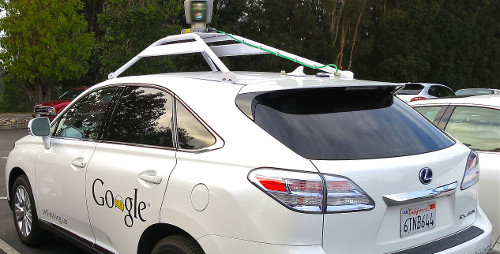
Google’s driverless car is more than 10 years away from market rollout due to a lack of consumer confidence, interoperability and vehicle-ready roads.
The two-seat testing cars, which contain $150,000 worth of equipment, including a $70,000 laser radar system, can now handle thousands of urban situations with a top speed of 25 miles per hour and no steering wheel, brake or accelerator pedals.
Launched in 2009, Google’s Sergey Brin said its goal is to make the self-driving cars available to the public in three years.
However, Pavan Mathews, head of connected vehicles at Telefonica, told CBR he believes it’s a lot further away in terms of mass commercial deployment.
He said: "I think in a controlled environment the technology is ready. But to get the roads ready in many parts of the world, the vehicle-communications ready, and frankly the consumer confidence to sit back and let the machine take you from A to B – that is a bit of a hurdle. I would say within 10 years."
Thilo Koslowski, VP of research firm Gartner’s automotive division, said he expects companies, such as Tesla, to launch their plans for self-driving vehicles by 2017 with a rollout by 2020.
"Before we have mass adoption, before we see a lot of cars on the road of course will take some time because people don’t replace their vehicles every six months," he told CBR.
"So there’s a delay in when we actually start seeing substantial volumes of these vehicles on the road and that will probably take 10 years depending on how governments will support this.
"Governments could play a role in supporting these technologies, making it a standard requirement on cars because of the benefits that are included by reducing accidents and maybe being more productive, getting faster to your destination, and minimising CO2 emissions."
Self-driving cars are expected to eliminate 90% of the 33,000 vehicle fatalities a year, according to Larry Burns, a Google consultant and former GM’s VP for R&D.
Back in April, Google also posted in a blog that its driverless cars had driven more than 700,000 miles on California roads without any accident.
In terms of consumer confidence, Koslowski said: "In Germany, about 40% of consumers already say they are interested in getting self-driving capabilities in their next new vehicle. That’s a pretty high number considering most people have never experienced what a self-driving car means.
"There will be a need for the industry to convince these other consumers that these vehicles are a safe – that they’re not losing too much control."






